These are from my second attempt to take pictures of snow scenes with this camera. On the first the snow was freshly fallen, and the light better, I had set the aperture to f/22 and used the film, closing the camera afterwards I noticed the aperture was now at f/6.3, aargh when did that happen? After the first frame apparently. I wanted to prove the camera was working so went back out with a roll of Pan F a couple of days later before the snow melted completely, checking the aperture before and after each exposure.
On first glance this 1931 Nagel Triumph is a typical basic 6X9 self-erecting folding camera from the early 1930’s, with a small triplet lens and a simple 3-speed plus Time and Bulb ever-set shutter combined with a freely moving aperture mechanism. And to the user that is what it is, closer inspection shows it to be a bit different, quirky, weird even.
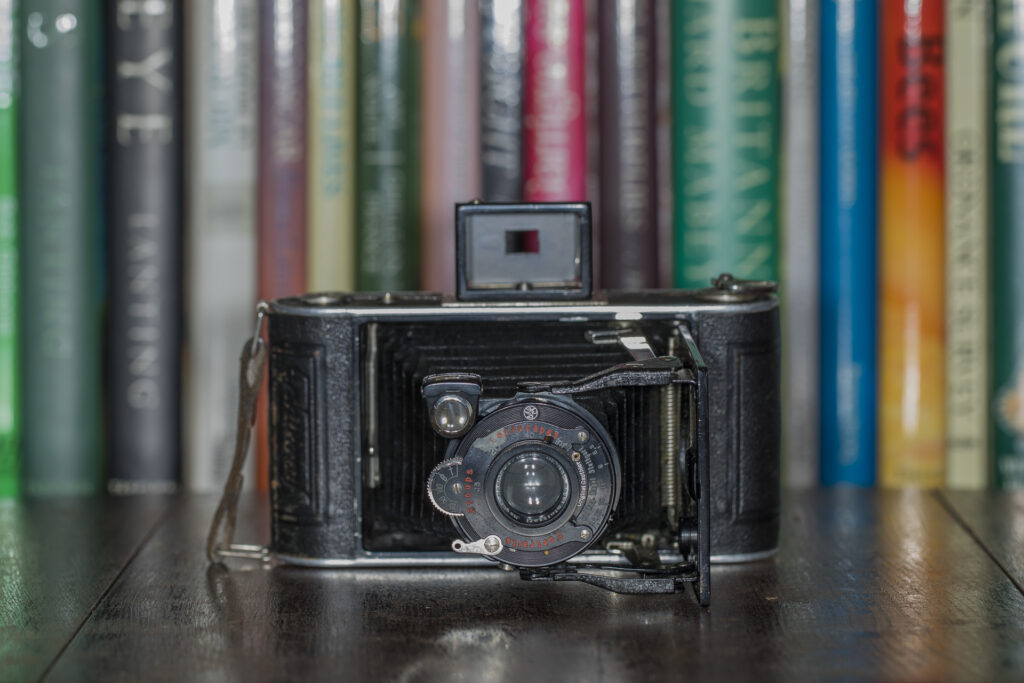 The camera opens on what appear to be a pair of struts either side, but watching them move during opening shows that there are really multiple struts, some moving in parallel with pivot points tracing complex shapes as they move. I keep watching them and still can’t fully decide how it all works, but the lens and bellows close neatly and evenly with none of the strain put on the bellows that you see with some cameras.
The camera opens on what appear to be a pair of struts either side, but watching them move during opening shows that there are really multiple struts, some moving in parallel with pivot points tracing complex shapes as they move. I keep watching them and still can’t fully decide how it all works, but the lens and bellows close neatly and evenly with none of the strain put on the bellows that you see with some cameras.
The back is hinged on the long side and opens flat so it can be laid down for loading. A chamfered end to the spring-loaded film spool pivots allows the spools to just click into place, and releases them on opening the camera. Shutting the door prevents the springs from moving and locks the spools in position, a mechanism quite unlike any I have seen before on a 120 camera.
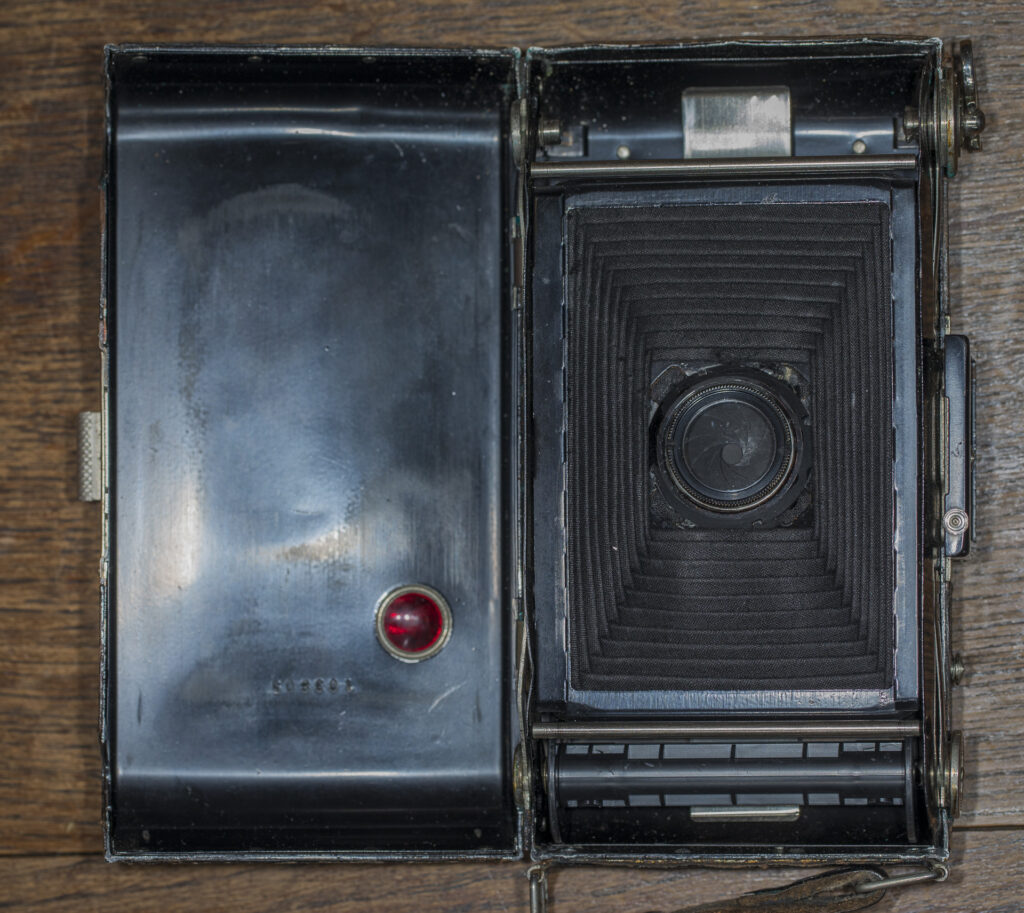 The lens is remarkable, it doesn’t look much fitted into the shutter and (smooth-moving) aperture block but stopped down it is as good as one from almost any pre-war camera I have used, including my Tessar equipped Super-Ikonta. The tiny Nagel-made 105mm f/6.3 lens is bright and clear, if you look really closely the images it produces do go a little squidgy in the extreme corners, but nothing that is detrimental to the image. The shutter it’s self was possibly designed and made especially for Nagel by Gauthier.
The lens is remarkable, it doesn’t look much fitted into the shutter and (smooth-moving) aperture block but stopped down it is as good as one from almost any pre-war camera I have used, including my Tessar equipped Super-Ikonta. The tiny Nagel-made 105mm f/6.3 lens is bright and clear, if you look really closely the images it produces do go a little squidgy in the extreme corners, but nothing that is detrimental to the image. The shutter it’s self was possibly designed and made especially for Nagel by Gauthier.
On this day the snow was disappearing rapidly and I struggled to find compositions that matched those of my previous attempt. On that outing the snow was a complete blanket on the ground and covering the trees as well. In my mind the photos from the first film were going to be of abstract black scratches, shapes of trees and branches on a otherwise blank canvas. And possibly they were, just obscured by 4 stops of over-exposure on top of the deliberate over-exposure I had already factored in.
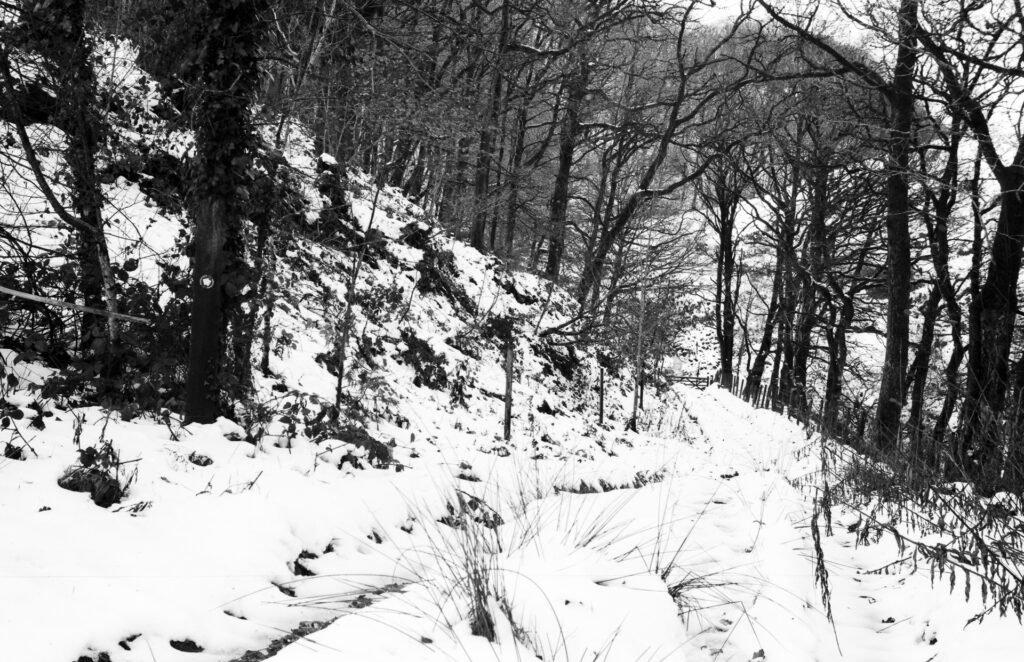
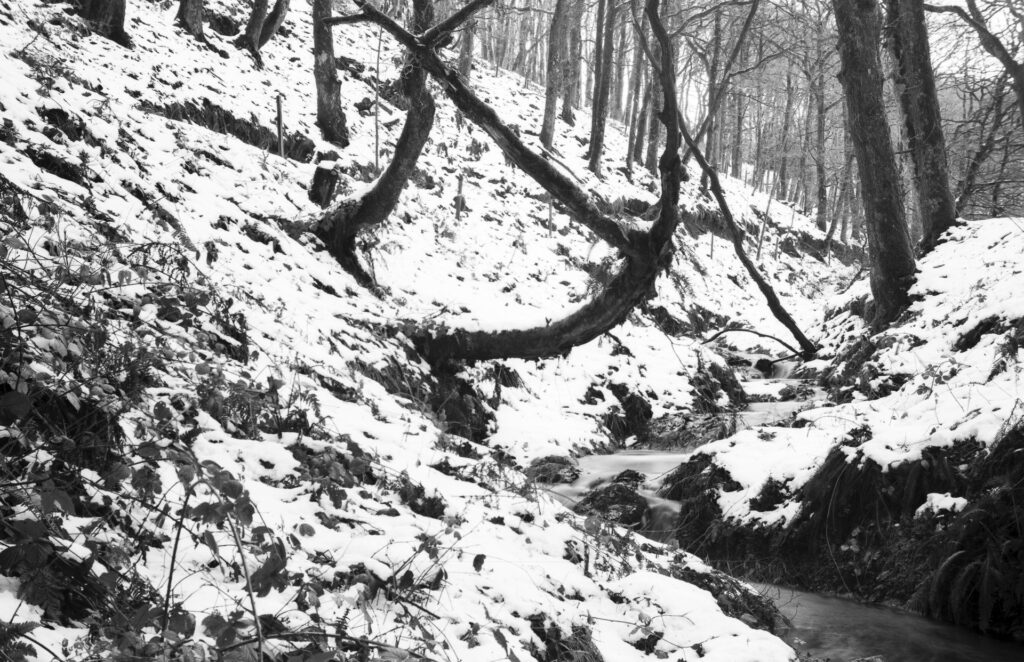
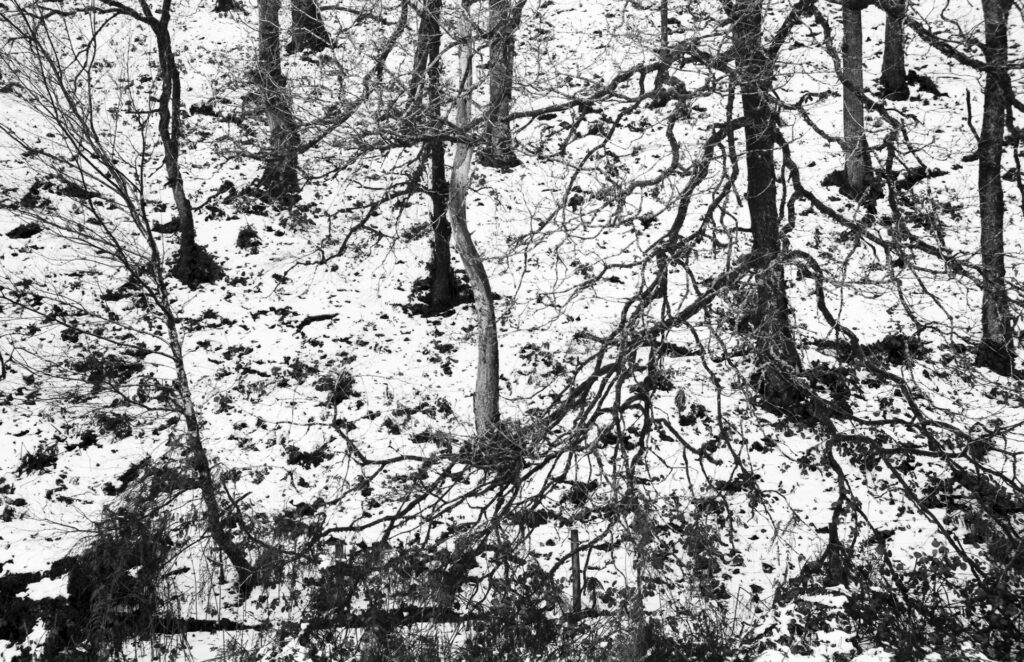
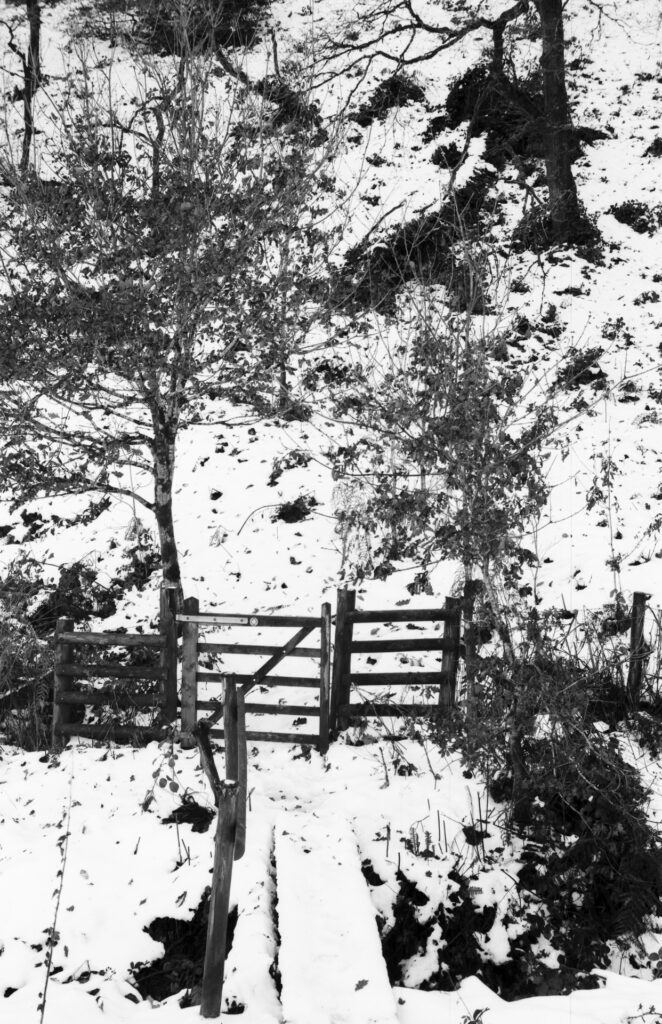
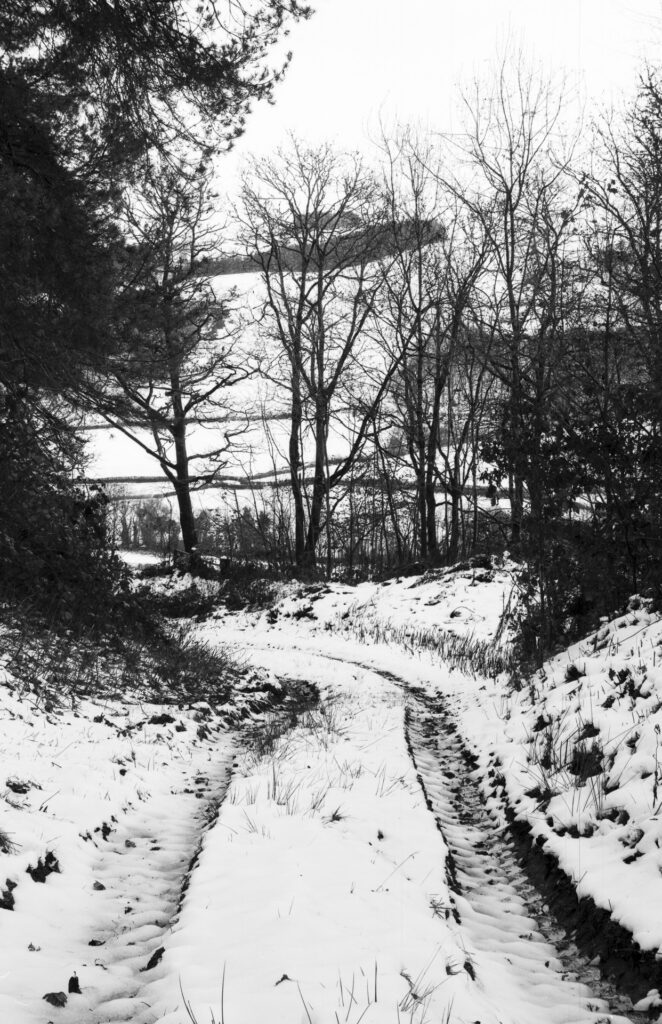 All these were taken on ‘B’ with exposures from 1 to 4 seconds. On a brighter day with fast film I could try the automatic shutter, but only 2 speeds can be selected at the moment and I’m not sure what they are or if they are even different. I have had the camera apart to repair the aperture diaphragm, there are 9 blades and after an afternoon reassembling them I had had enough and decided to leave the shutter alone. Aperture moves easily though.
All these were taken on ‘B’ with exposures from 1 to 4 seconds. On a brighter day with fast film I could try the automatic shutter, but only 2 speeds can be selected at the moment and I’m not sure what they are or if they are even different. I have had the camera apart to repair the aperture diaphragm, there are 9 blades and after an afternoon reassembling them I had had enough and decided to leave the shutter alone. Aperture moves easily though.
Another Otherwise Unwanted Camera, this one is № 11.
Share this post:
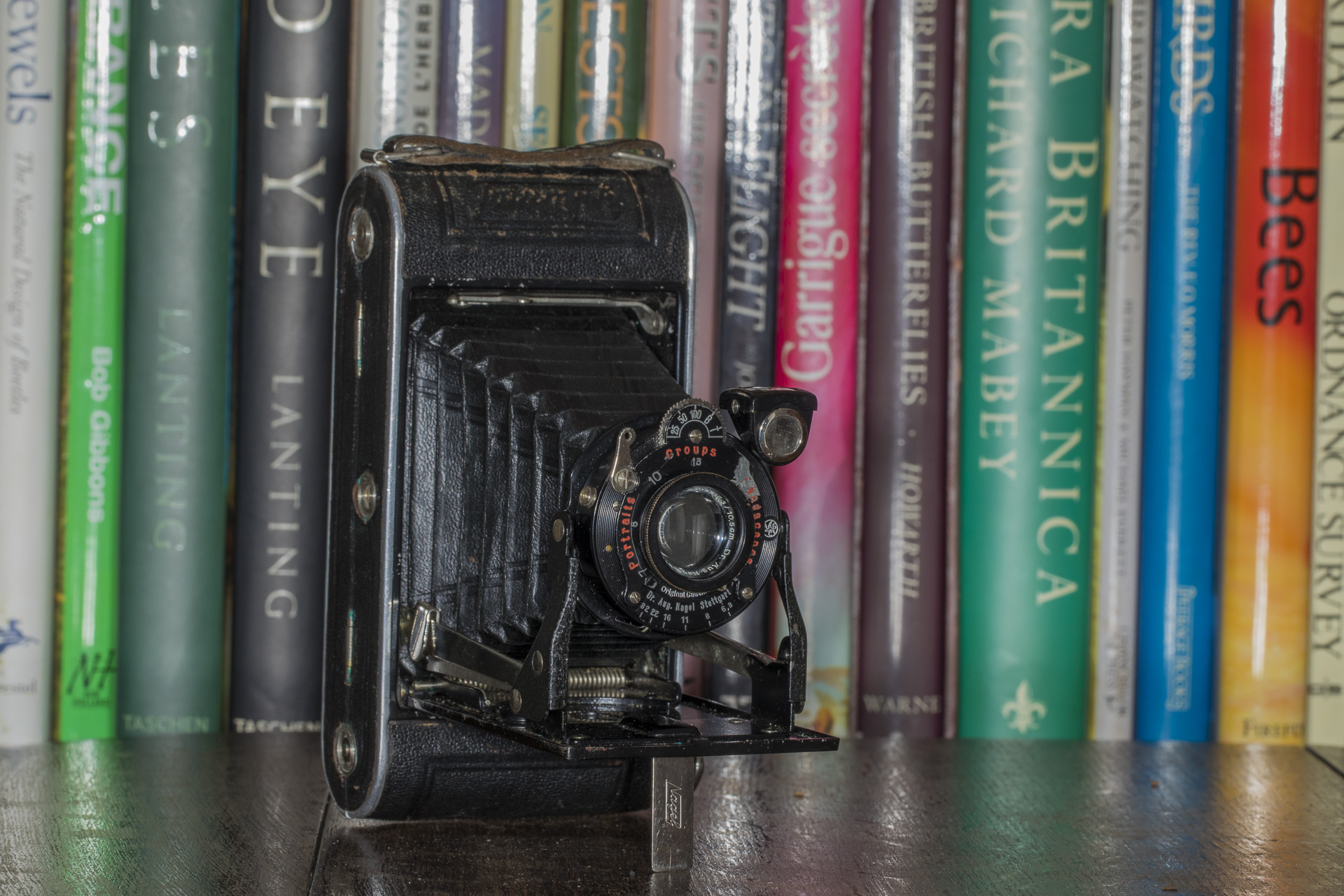

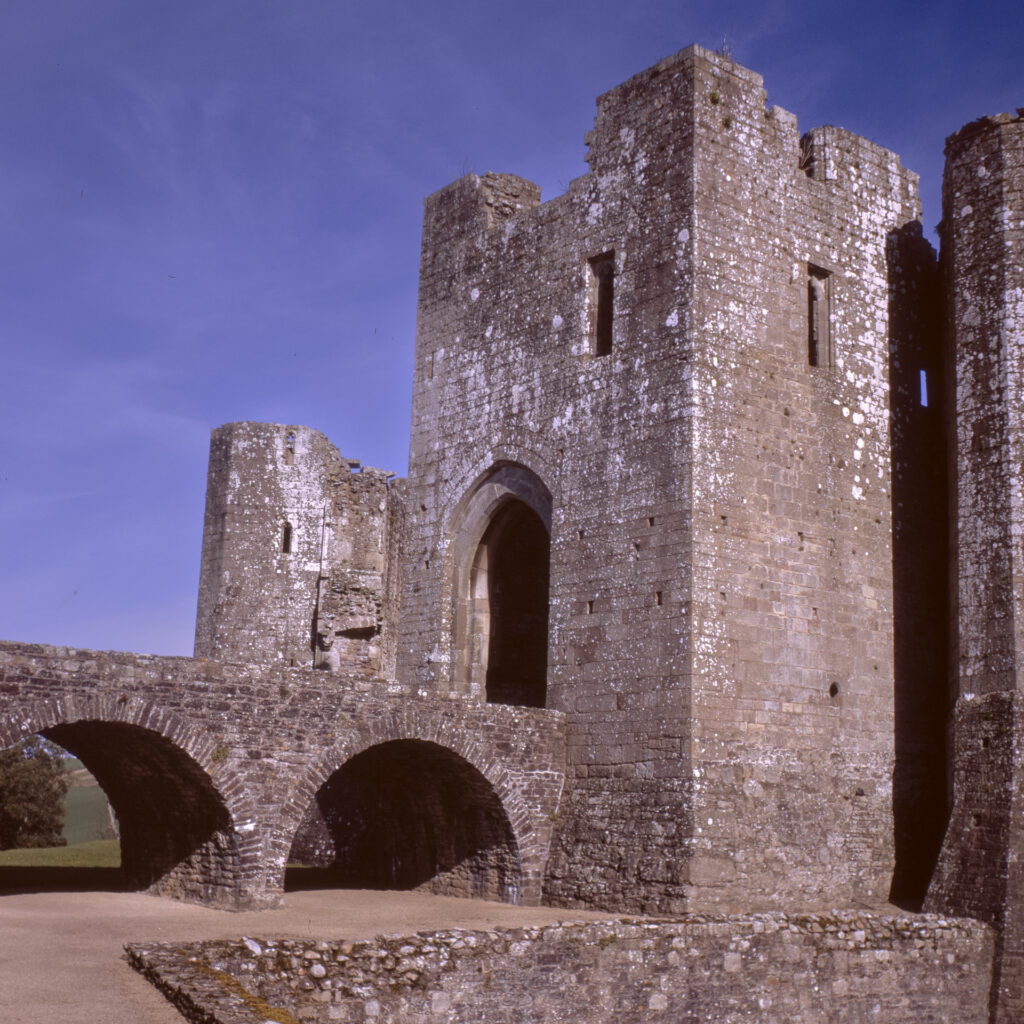
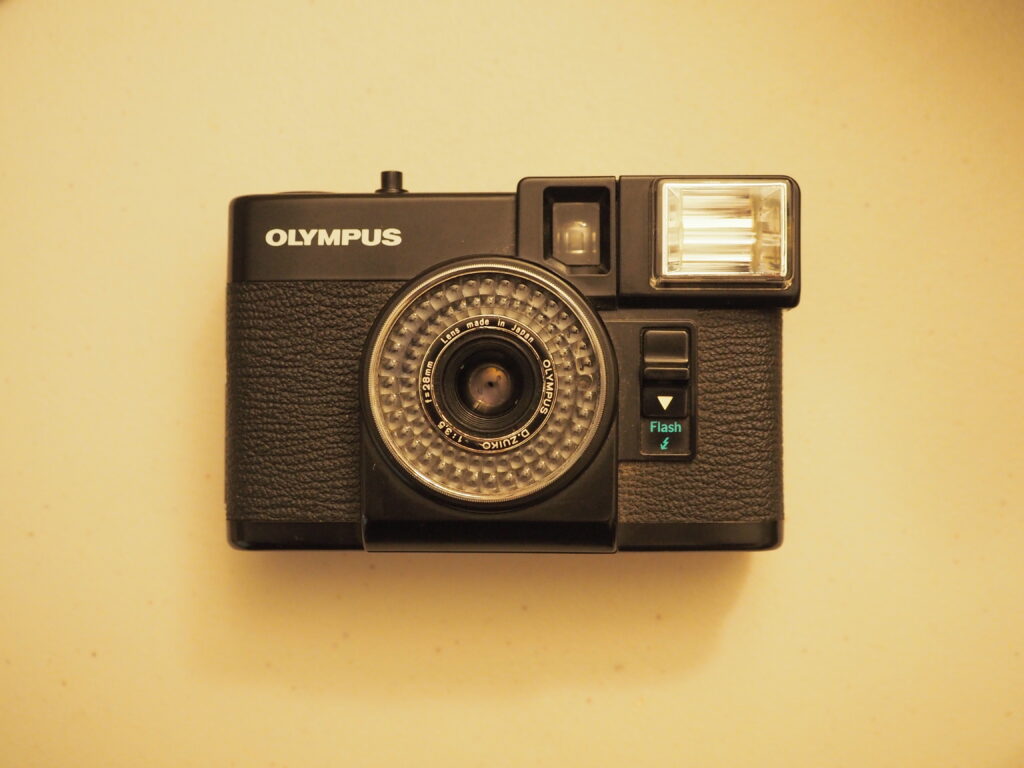
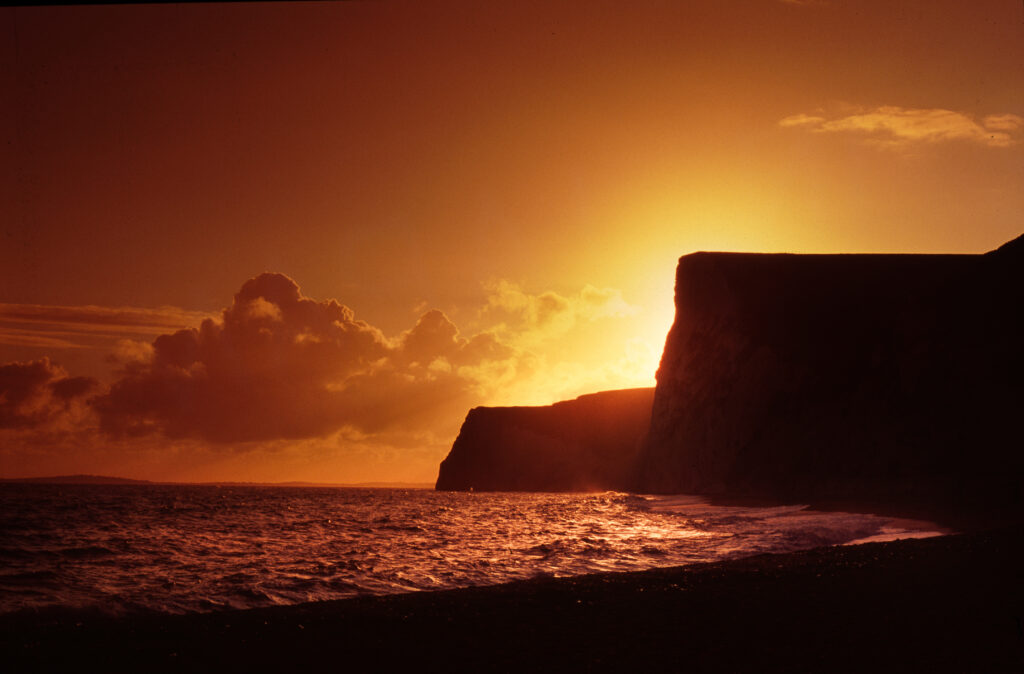
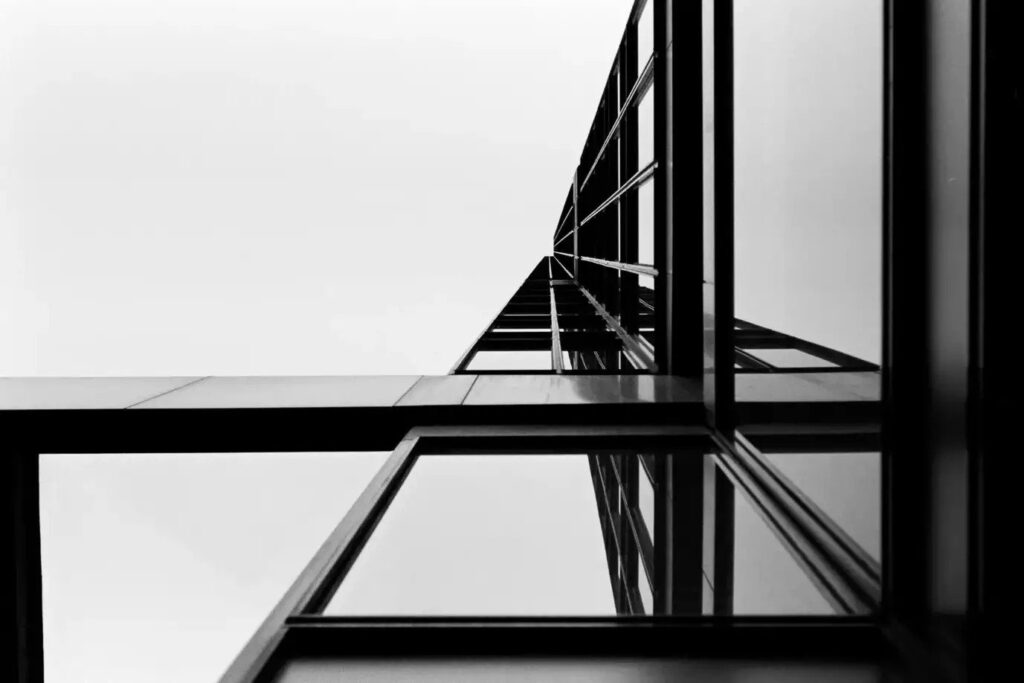
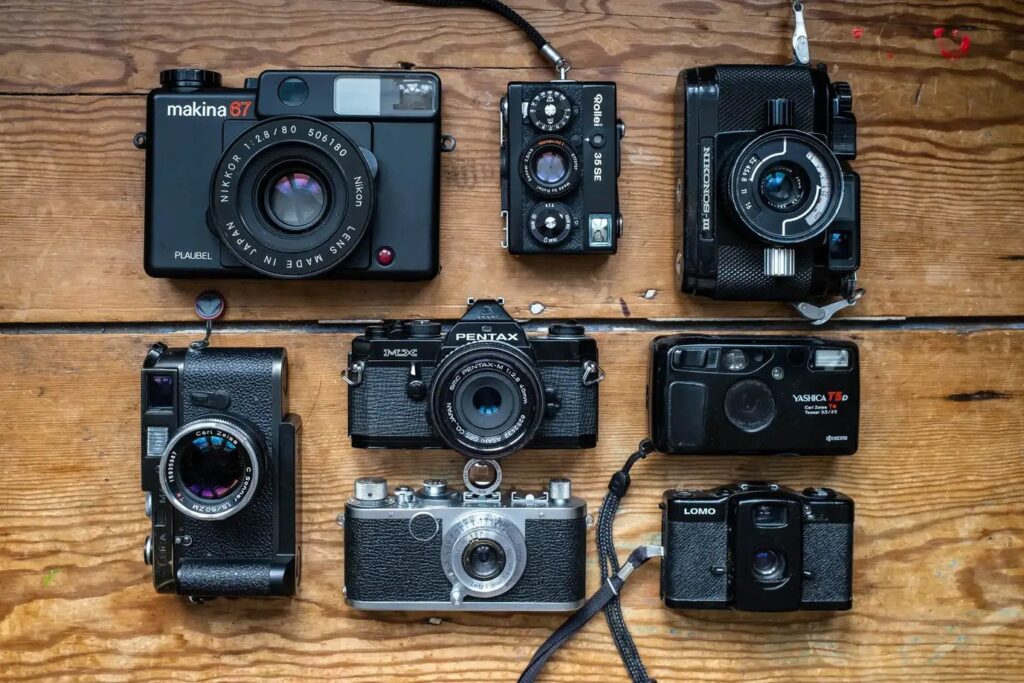
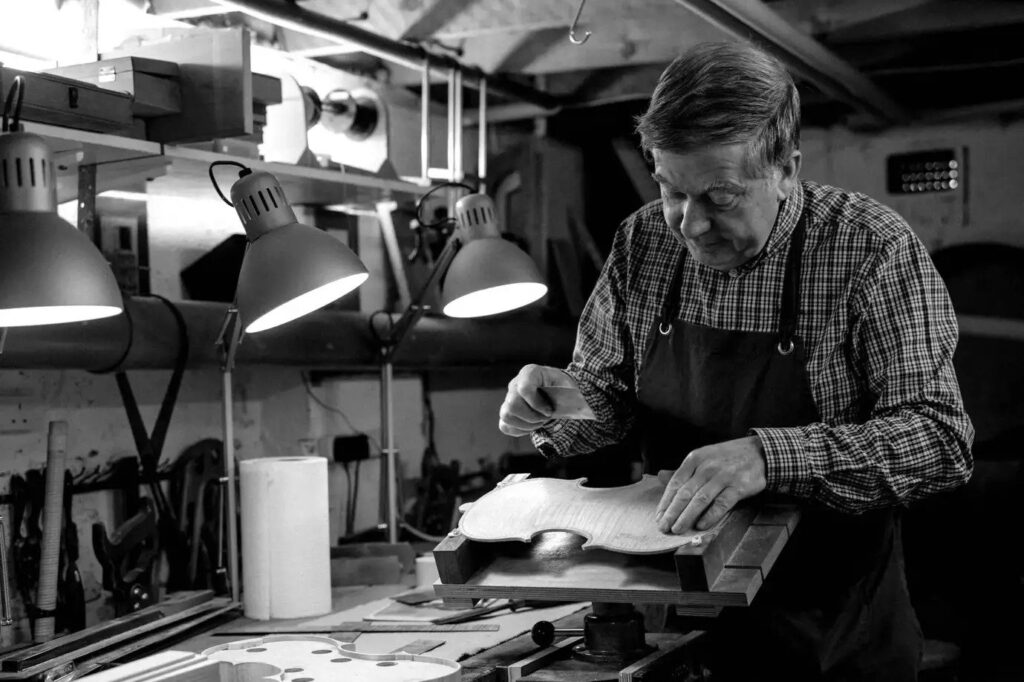
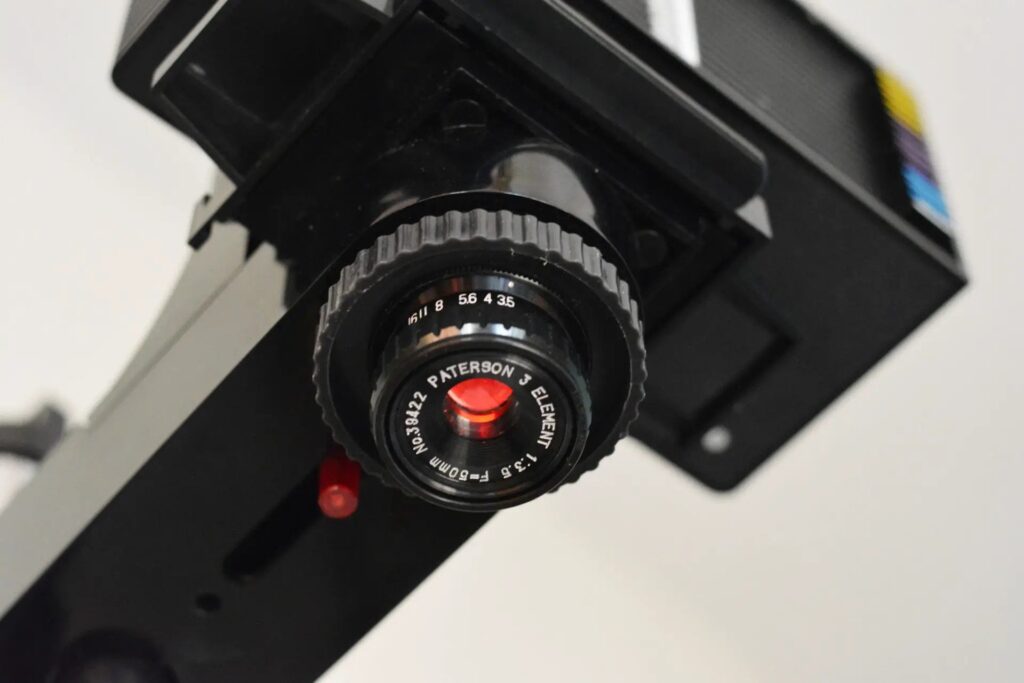
Comments
Christian on 5 Frames with a camera from Before He Was Famous – The Triumph of Dr. Nagel.
Comment posted: 07/01/2025
pre-war old camera... The pictures look quite ok for that kind of camera/lens/shutter.
Steve Kotajarvi on 5 Frames with a camera from Before He Was Famous – The Triumph of Dr. Nagel.
Comment posted: 07/01/2025
Jeffery Luhn on 5 Frames with a camera from Before He Was Famous – The Triumph of Dr. Nagel.
Comment posted: 07/01/2025
Snow is difficult to capture!!! It can look blank white with no texture or muddy gray, but rarely as clean as it is in your shots. Very nice composition and control. Are you printing these, or scanning them? Do you do your own processing?
I have many folding cameras and have been amazed at the sharpness when they are stopped down to the sweet spot of f/11 or f/16. My Kodak Model #1 is a similar vintage and style as yours. Mine is as close to mint as I've ever seen. Apertures F/6.3 through f/32. Working shutter with T,B, 25, 50,100. Not sure about the accuracy because I too shot only on B. I haven't taken the lens apart, so I don't know the formula, but a triplet seems logical. My results have been reasonably sharp, but not as good as my Zeiss Ikonta 6x9.
There is something exciting about getting decent photos from these very old cameras. My great uncle was a professional photographer in San Francisco from 1905 through 1940. He also owned a couple of big camera stores. The contact prints he left are tack sharp! Sadly, the negatives were lost. Great family history of around 100 photos.
Please keep shooting and posting. Your material is very interesting!
Jeffery
Comment posted: 07/01/2025
Comment posted: 07/01/2025
Comment posted: 07/01/2025
Comment posted: 07/01/2025
Comment posted: 07/01/2025
Ed Currie on 5 Frames with a camera from Before He Was Famous – The Triumph of Dr. Nagel.
Comment posted: 07/01/2025
Comment posted: 07/01/2025
Dave Powell on 5 Frames with a camera from Before He Was Famous – The Triumph of Dr. Nagel.
Comment posted: 08/01/2025
Zheng Li on 5 Frames with a camera from Before He Was Famous – The Triumph of Dr. Nagel.
Comment posted: 08/01/2025
Paul Quellin on 5 Frames with a camera from Before He Was Famous – The Triumph of Dr. Nagel.
Comment posted: 08/01/2025
Comment posted: 08/01/2025